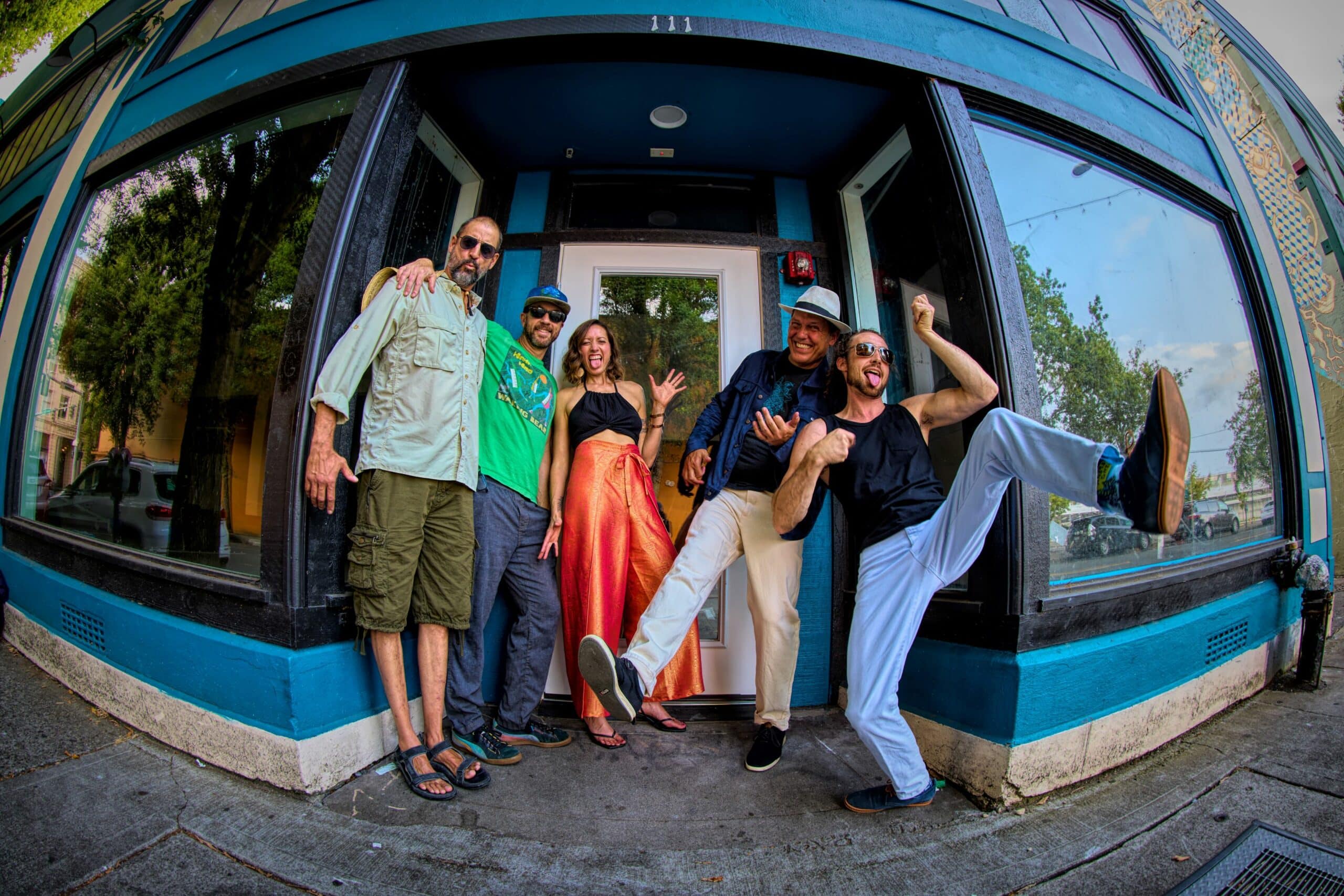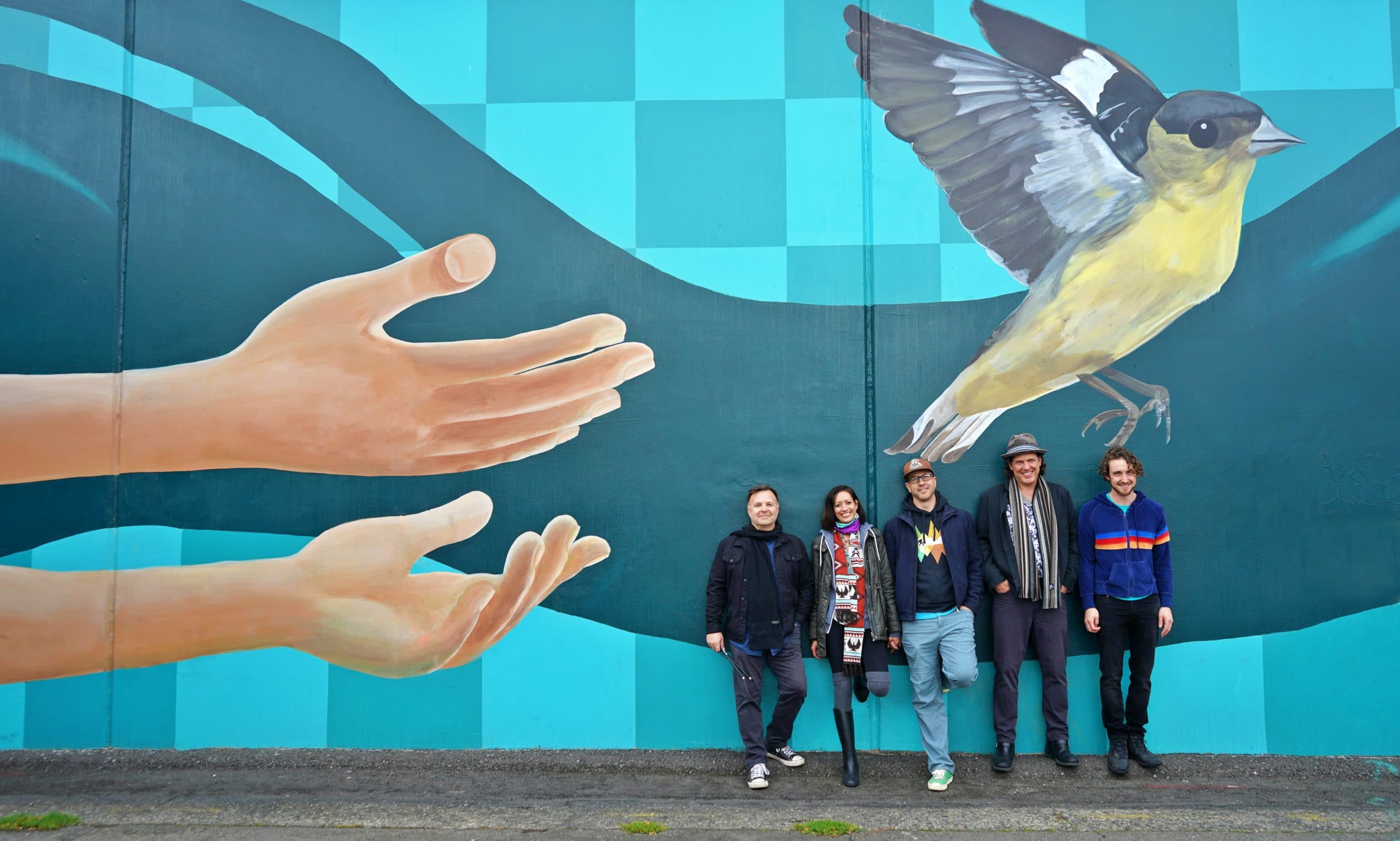Mermaids are a strange cryptid for a number of reasons. They seem biologically improbable, fantastic, and otherworldly — and yet they are everywhere.
By peering into their origins, we might grasp just what is going on. How did mermaids come about?
But this question can be answered in two ways, because mermaids are both mythical creatures and, according to some, a really existing species. That means their origin is either mythological, biological, or both.
Mythological Origins
Mermaids are an incredibly ancient part of humanity’s storytelling tradition. So old, in fact, that there are cave paintings depicting them from as far back as 30,000 years ago. Whether they were painted because the people had direct contact with mermaids or because they’d imagined them — they were at the beginning of a trend that would last up to our present day.
That trend ran right through the ancient world. In Assyria around 1000 BCE, there was a story of the goddess Atargatis who turned into a mermaid after murdering her husband. And the ancient Greeks developed their own mermaid stories, beginning with the half-human and half-bird sirens who gradually developed into mermaids over time.
All around the world, among a diverse set of cultures, mermaids sprang up in stories and myths. Those continued to have influence on storytellers going forward right up to today and most likely far into the future.
Biological Origins
We have covered the origins of the mermaid myth, but what about the other side? What about the origin of mermaids if they exist?
It seems that there are a couple of avenues:
- Mermaids were humans or a close relative that evolved to live in water
- Mermaids were aquatic mammals that evolved humanoid upper bodies
Either theory requires convergent evolution, when two or more species arrive at similar traits through different evolutionary processes. Either humans developed features strikingly similar to other aquatic life or an aquatic mammal developed features strikingly similar to humans.
This isn’t as biologically improbable as you might think. A big reason is the fin.
Note the orientation of what we tend to call the mermaid’s “fish tail.” It’s interesting because it isn’t really a fish tail at all. If you look through depictions of mermaids, you’ll almost certainly find that the tail is oriented horizontally (running parallel to the shoulders), so that when swimming, the tail would move up and down. That makes mermaids much more probable.
Why? Because fish have tails that orient vertically, and so to swim, fish move their tails from side to side. It is only the sea going mammals that have horizontal tails. Consider the whale or dolphin, really consider any mammal with a tail made for swimming. That is the kind of tail mermaids are depicted with.
This gets stranger when we consider the consensus that whales and dolphins are mammals happened as late as the 18th century — far, far after the mermaid.
When we consider along with this that many cultures considered mermaids real sea creatures, it becomes a bit confusing. Maybe there is (or was) a species that developed somewhat humanoid traits that was otherwise an aquatic mammal.
Then again, we also have to look at what might also have caused this: mistaking mammals in the ocean for mermaids. That could just as easily explain the orientation of the mermaid tail and the cool, matter of fact manner many sailors took to the existence of the creatures.
It’s one of those classic cryptozoological conundrums we find ourselves in so frequently. There is a plausible path to their existence just as there is a plausible explanation for their nonexistence. The only way to choose between the two seems to be directly meeting the creature or encountering rock solid evidence, but there is no way to meet mermaids or find evidence of them if they don’t exist — so there is always hope.
But hope is not evidence.
Because evidence can only go one way, skeptics have to bolster their resolve with direct refusals. Fair enough, but they have a hard time convincing people who don’t default to the idea that a creature doesn’t exist.
And then, there is this…
The Aquatic Ape Hypothesis
In 1960, marine biologist extraordinaire Alister Hardy put forward a shocking hypothesis: humans came from apes that were, at some point in their evolutionary timeline, forced into the water.
It might sound crazy, and it is generally rejected by the scientific community — but some of Hardy’s points do make a lot of sense.
If food competition pushed us to the sea, it explains certain features that humans share with our aquatic mammal relatives. For one, we walk upright, a trait that wouldn’t be much good in the intervening phases between walking on all fours and being bipedal. However, it might have developed if we were apes wading near the shore. Wading and swimming would be helped along at every step that our posture straightened out to achieve bipedalism.
Later discoveries in nutrition and brain development have also lent credence to the idea. DHA is an Omega-3 fatty acid found in high quantities in saltwater plants and fish that eat those plants. DHA is a critical nutrient for human brain health and development, and our brains are enormous compared to our body size — it’s one of the main features that separate us from other species. So we must have become accustomed to eating from the ocean.
In an even more recent discovery, it was found that California sea lions give birth to pups covered in vernix, just as humans do. Vernix is a fatty substance that covers babies in the birth process. While there are many theories as to what vernix does, it is certainly true that fat repels water and therefore water-based infections — something that water birthing would need to take into consideration.
What to Make of These Origins?
We are not here to determine whether mermaids are real or not, only to describe their origins. But it is interesting how quickly the mythological and biological origins become wrapped up in each other.
Did the myth come first? If it did, one could see how certain aquatic mammals would be spotted as mermaids from sailors only catching a glimpse of them through the waves.
Or did the mermaids come first? If they did, it makes sense why so many cultures independently created stories about this strange creature.
Or did we come from mermaids? If the aquatic ape hypothesis is true, perhaps mermaid stories are really surviving threads of an oral tradition spanning back to the dawn of humanity, containing the truth not of mermaid origins but of our own.
[mysocial]






























